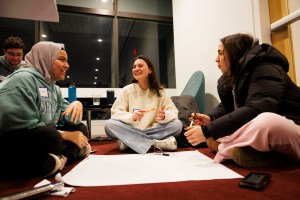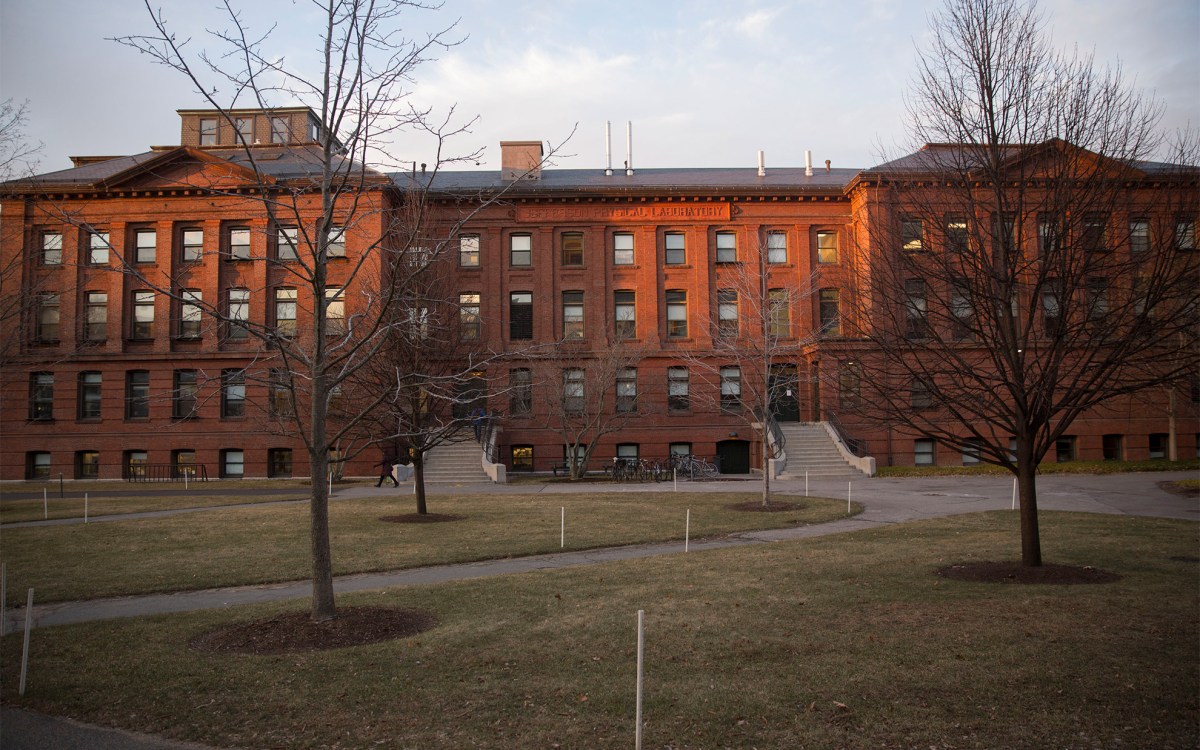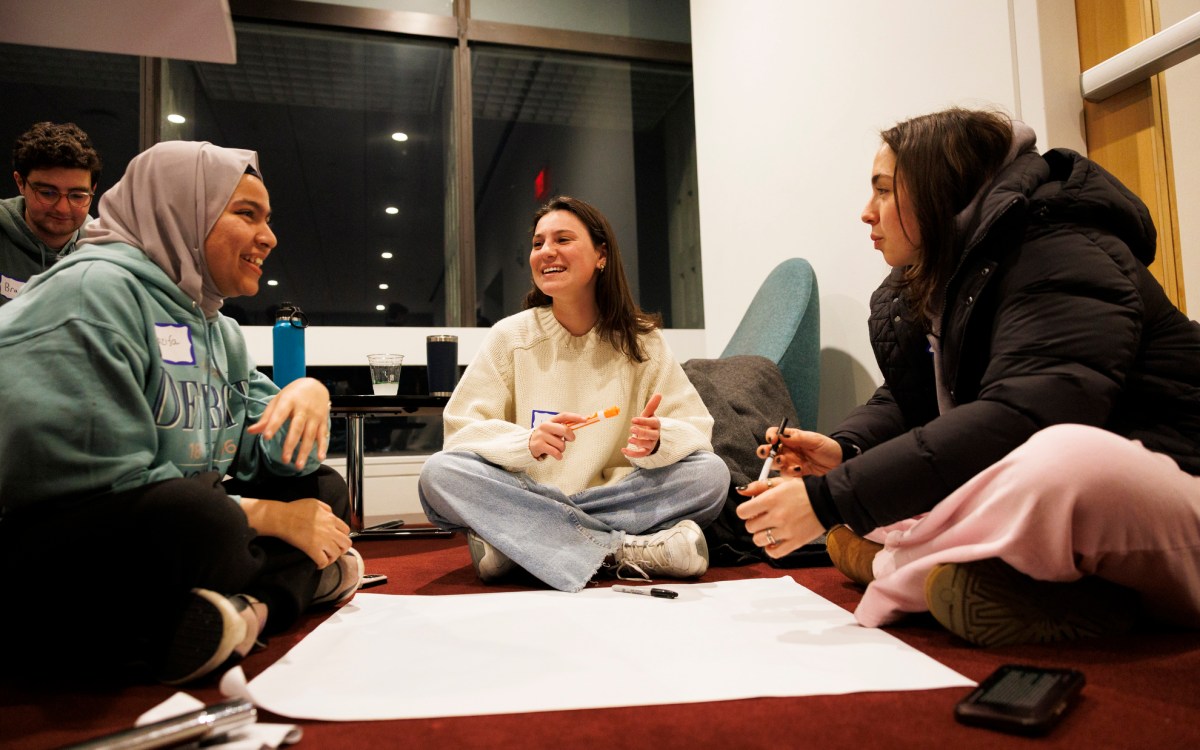Art Museums establish Deknatel fund for modern art
“Over many years, the art museums at Harvard have benefited from the friendship of Fred and Virginia Deknatel,” said James Cuno, director of the Harvard University Art Museums. “With the establishment of this fund in their names, we will be able to honor their friendship and legacy of support for modern art at Harvard in perpetuity.
“That Virginia Deknatel wishes to support modern art at the Harvard University Art Museums with the fund is very good news. Nothing is more important to our future. And there is no better way to acknowledge the Deknatels’ many contributions to the greater understanding of modern art at Harvard than to ensure the future of our modern collections.”
Frederick Deknatel was a member of Harvard’s Department of Fine Arts (now Department of the History of Art and Architecture) for 40 years. Although his graduate training was in the field of medieval art and his Ph.D. dissertation on 13th century Gothic sculpture of the cathedrals of Burgos and Leon, increasingly he became interested in the art of the 19th and 20th centuries. At Harvard the merit of his service was confirmed by his appointment in 1953 to the senior endowed chair in his department, the William Door Boardman professorship. For the latter 30 years of his career, Deknatel was responsible for the department’s courses in modern art, acquiring a powerful reputation as a dynamic and influential teacher.
In 1950, Deknatel joined Boston’s Institute of Contemporary Art’s director James Plaut in selecting the first exhibition in America of the work of the modern Norwegian artist, Edvard Munch. Deknatel’s catalog was the first major writing on the artist in English. The exhibition toured to 10 museums in the United States, and for his efforts, Deknatel was awarded the Knight’s Cross of the Order of St. Olaf, first class, by the Norwegian government.
Frederick and Virginia Deknatel were also devoted collectors of modern art, especially the works of Eugène Delacroix, Paul Cezanne, Paul Klee, Emile Nolde, and Pablo Picasso. To these, Virginia Deknatel would later add sculptures by Henry Moore, David Smith, Anthony Caro, and Michael Steiner, and prints and drawings by Picasso, Braque, David Smith, Jasper Johns, and Helen Frankenthaler, among many others.
Virginia Deknatel was early on interested in modern art. Shortly after graduating from Vassar College in 1929, she traveled to Moscow to study the experimental Soviet theater. Over the years, while traveling with her husband in the United States and Europe on many sabbatical and research trips, she would engage with him on long searches in dealers’ shops and museums for works of art important to his teaching. Their excitement over modern art, disciplined commitment to works of art of the highest quality, loyalty to Boston’s museums, and generosity of spirit has enriched the Boston area enormously. “They have done so much to elevate the place of modern art in our community, and we are very grateful,” Cuno said. “At Harvard especially, where as professor Fred Deknatel led thousands of undergraduates to their first experiences with the art of their time, and directed numerous graduates students in their advanced study of modern art, their legacy is lasting.”
Cuno continued, “Through his teaching and by their generous donation of works of art, support for the purchase of others, and inspiration for others to give in their honor, more than 500 works have entered our collections with the Deknatel name in their credit lines. They have enriched Harvard’s collections immensely. Thanks to Frederick and Virginia, Harvard students will forever be able to study extraordinary works by Delacroix, Cezanne, Picasso, Klee, Jackson Pollock, David Smith, Alexander Calder, Jasper Johns, and Brice Marden.
“It gives us special pride to think that the Frederick Brockway and Virginia Herrick Deknatel Fund to Support Modern Art at Harvard will be used to support the activities of the future Frederick B. Deknatel Curator of Modern Art and our Center for the Technical Study of Modern Art.”




